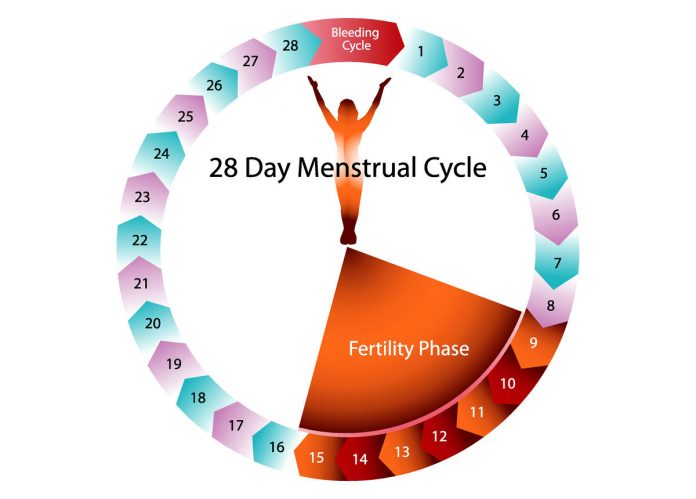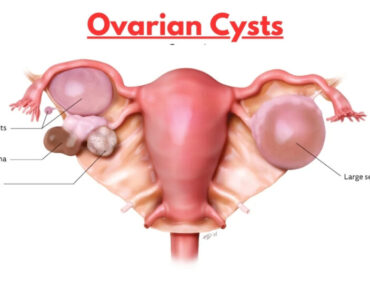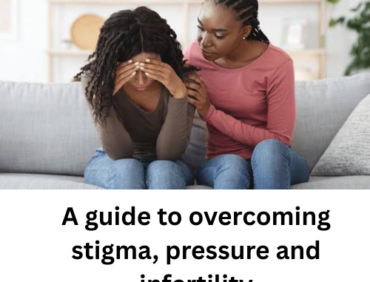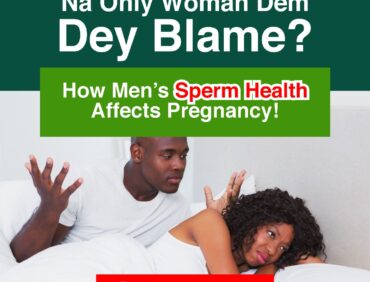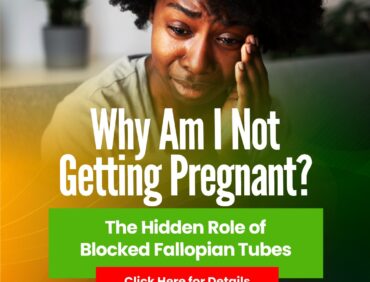Your monthly cycle is your fertility. Having a healthy menstrual cycle is instrumental to having abundant fertility. This article is about the basic things you need to know as a woman to enjoy a healthy menstrual cycle on a monthly basis.
The menstrual cycle can tell you a lot about what is happening in you body, if the uterus is getting enough circulation, if hormones are imbalanced, if you are ovulating and so much more.
Also determining what is ‘normal’ or what should be the goal for you to get your cycles too is important. While everyone can not fit into one box, there is a general range that represents a healthy cycle. But let’s start from the beginning…
What is a Menstrual Period?
Menstruation (the period) is the shedding of the endometrium lining of the uterus. This generally occurs monthly, releasing blood and tissues from the uterus.
How the cycle works;
The period is only one part of the amazingly complex monthly fertility cycle orchestrated by the endocrine system. The endocrine glands work together to send messages via hormones. This is called the feedback loop.
In very simple terms the hypothalamus produces GnRH (gonadotrophin-releasing hormones) which signals to the pituitary to produce LH (luteinising hormones and FSH (follicle stimulating hormone) to signal to the ovaries that it is their turn to release oestrogen and progesterone which is recognised by the pituitary gland.
Simple right? Not so. As you can see, a healthy cycle is dependent on each part of the feedback loop functioning properly. Think of it as an orchestra, if just one part of the cycle is off, it will throw the entire cycle off, causing imbalances that can affect fertility.
Phases of the menstrual cycle

Follicular phase
The hypothalamus responds to the different levels of oestrogen and progesterone secreted from the ovaries. When oestrogen drops during the period, the hypothalamus secretes GnRH which signals to the pituitary to release FSH which then initiates the follicular growth in the ovary. 10-20 follicles will begin to develop, but only one of these will mature to become an egg. While they are developing, the follicles are producing oestrogen which stimulates the endometrium to develop in the uterus (the uterine lining in preparation for the implantation of a fertilized egg).
Ovulation phase
As the oestrogen increases (secreted from the developing follicles prior to ovulation) the cervical mucous begins to change to ‘fertile mucous’ which is egg white in its consistency. The increasing levels of oestrogen then trigger the secretion of GnRH from the hypothalamus which then signals the surge of LH and FSH which most likely triggers the release of the egg. Once ovulation occurs FSH levels drop fast and LH starts to drop slowly.
Luteal Phase
Ovulation is followed by the luteal phase. With LH present, the corpus luteum begins to secrete increasing quantities of progesterone and fairly constant levels of oestrogen.
The endometrium is now influenced by progesterone causing it to develop to be capable of nourishing a developing embryo.
Menstrual phase
If fertilization does not occur, the decline of the hormones causes the endometrium to shed, which is dependent on hormones at all times for its health, maintenance and development. When oestrogen reaches a low enough point, the hypothalamus releases GnRH and the cycle starts over again.
Counting the days of your menstrual cycle
Day one of the menstrual cycle is always the first day of your period. If you spot before your period has come, that is not counted. The days between the first day of your period and ovulation is called the ‘follicular phase’. Generally this is 14 days long, but varies from woman to woman. When ovulation occurs, the luteal phase begins.
The luteal phase is the days between ovulation and menstruation. It is generally 14 days long. This is the time when a fertilized egg is attaching itself to the lining in the uterus to establish itself. If the luteal phase is too short (less than 12 days) this can make implantation almost impossible as the egg has not had sufficient time to properly implant and signal to the cycle that pregnancy has occurred.
What is a Normal Period?
We get asked often what is an ideal period. Unfortunately, there is no one answer to this question as women are different. A ‘textbook’ menstrual cycle is 28 days long with menstruation lasting 3-5 days. The information that is most important about your cycle is the length of your period, the length of your entire cycle, the amount of pain, the colour and consistency of the menstruation.
Length of a Healthy Cycle
The usual range of a healthy cycle is between 21 and 35 days. Some women will have cycles that are very different from this but as long as there is a pattern, regularity, a healthy body and the follicular phase is between 12-14 days there should be no cause for concern.
Hormone levels and ovulation create the regularity of your cycle. Failure to ovulate will affect hormonal levels and hormonal imbalance will affect/inhibit the secretion of hormones that stimulate ovulation.
There are many factors that can effect the hormonal balance and ovulation. Stress being one of them.
How To Use The Signs Of Your Menstrual Cycle To Determine Your Hormonal Balance
The information below is given as a list of associations, not in any way a diagnostic tool. The goal is to help you read your body and listen when it is telling you something is out of balance. The menstrual cycle is one of the best ways the body communicates about your fertility. The details of your menstrual cycle can be used as a window into your fertility. Telling you just what is going on, where an imbalance might lie, how your reproductive circulation is, if there is a hormonal imbalance, etc.
Missing a period
Missing one period is no cause for alarm. The hormonal balance is very delicate and can be affected easily by stress. It generally will reset itself. Missing one or a couple of periods does not imply infertility necessarily as you can still ovulate even if you are not menstruating. Missing a period for 6 months or more is called amenorrhoea.
Short Cycles
Short cycles can cause fertility issues due to lack of ovulation, too short of follicular phase or luteal phase, lack of nutrition, deficiencies, anaemia or low body weight. Traditionally, one of the best herbs that has been used for luteal phase defect is MensesBalance which is you can read about here. . In helps 83% of women experiencing luteal phase defect.
Longer Periods
A longer period may be an indication of hormonal imbalance and/or a failure to ovulate. Progesterone secreted by the body after ovulation normally helps to stop excess bleeding because of its effect on preserving the uterine lining. If oestrogen is high or progesterone low, bleeding may continue longer than usual..
Heavy menstruation
This is known to be caused by prostaglandin imbalance and/or over-stimulation of the uterine lining from oestrogens (oestrogen dominance). Traditionally this imbalance can be helped by:
- Regulating/balancing the hormones with the use of herbs and diet – MensesBalance will help you achieve this.
- Supporting the liver in excreting excess oestrogen – Bio-Fit has been really helpful when it comes to the liver and fertility cleansing.
- Modifying the diet can also help to modify the prostaglandin balance.
Nutritional imbalances have also been linked to prolonged or heavy bleeding. Vitamin A deficiency may be a contributing factor in heavy menstruation. Studies have shown vitamin A intake to significantly decrease the amount of blood and the duration of the menses.
Another important vitamin, vitamin C, has been shown to help reduce heavy bleeding by strengthening the capillaries, helping to reduce their fragility. One study showed an 87% success rate in reduction of heavy bleeding with vitamin C.
The list is long, so will continue from here next time. So, watch out for part 2 of this write-up.
If you need a natural and guaranteed natural treatment for irregular or seized menses, read about the Menstrual Disorder Remedy Kit that has helped a lot of women regain their menses and how it can help you too. The Kit contains both MensesBalance and Bio-Fit in it including dietary education you need to improve your fertility. .
If you have gained one thing or the other from this article, don’t hesitate to share it with others.
Stay Healthy And Never Give Up!
Plan B Wellness Center
Email – consult@www.planbwellness.com
Twitter – @planbwellness

